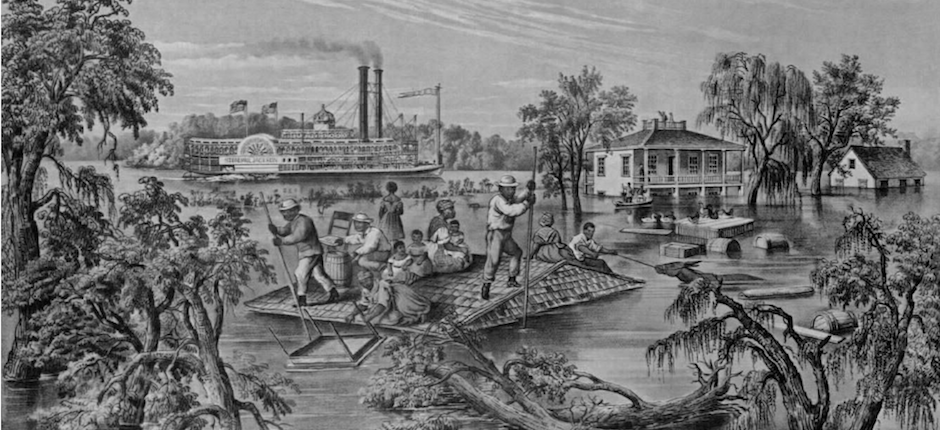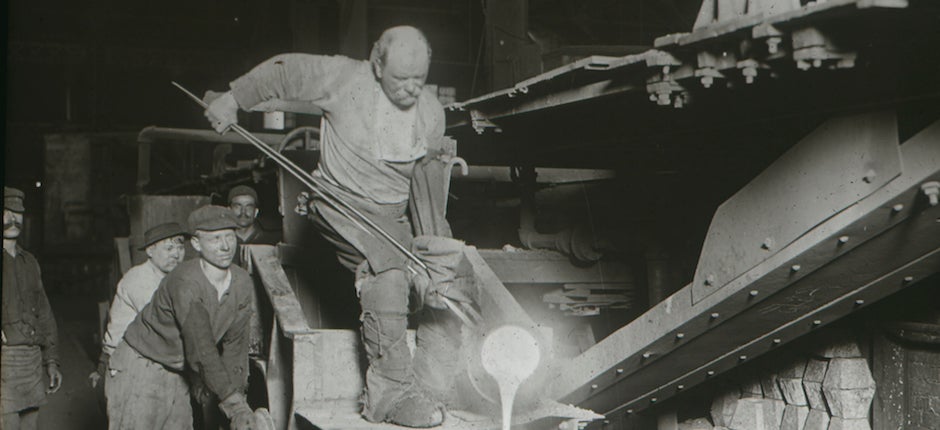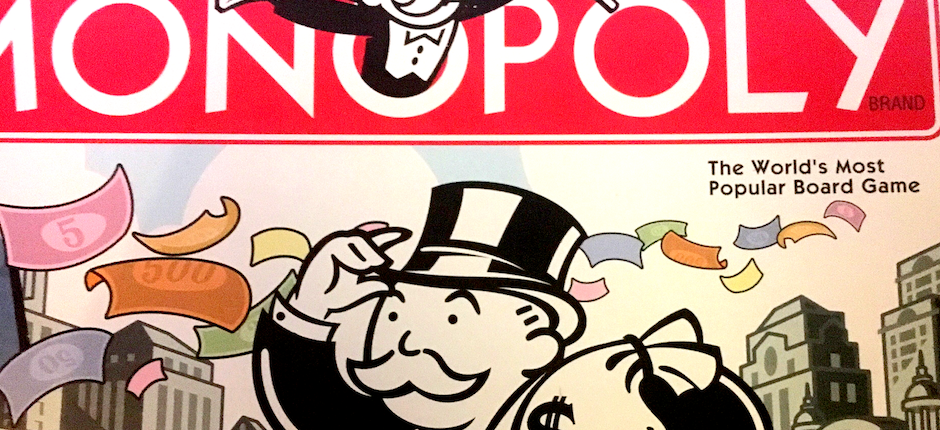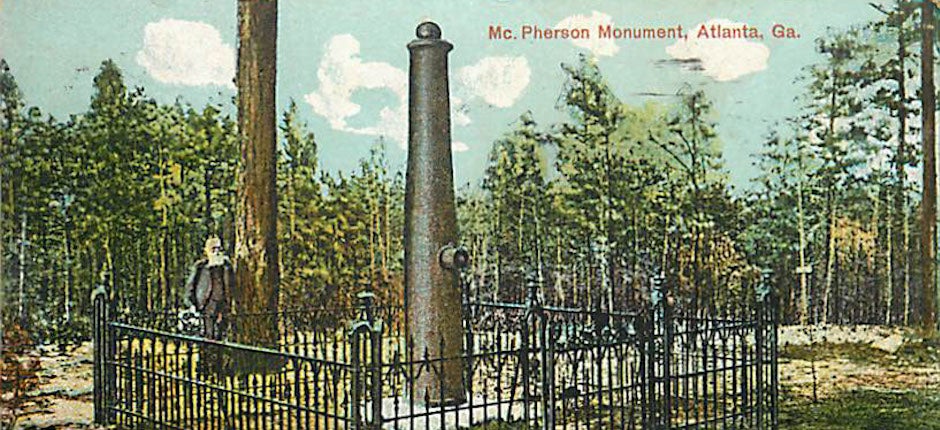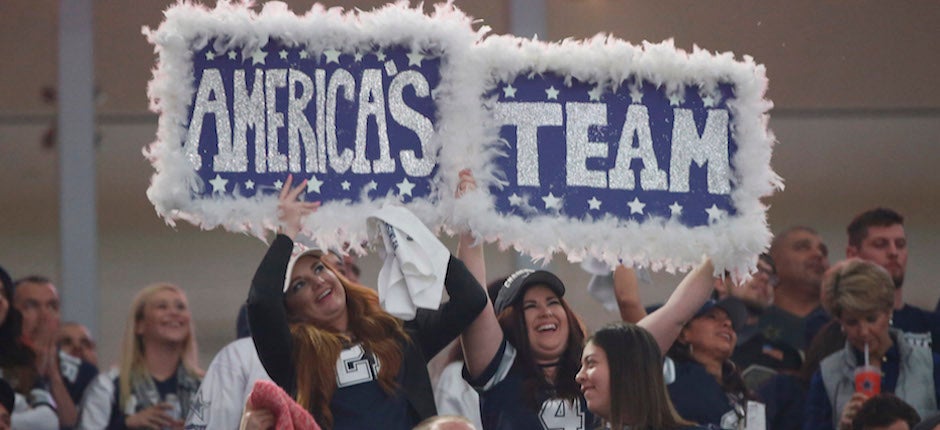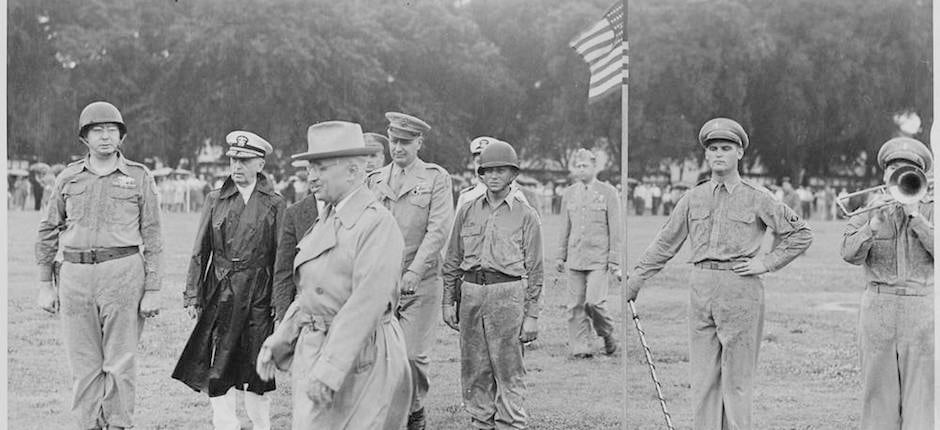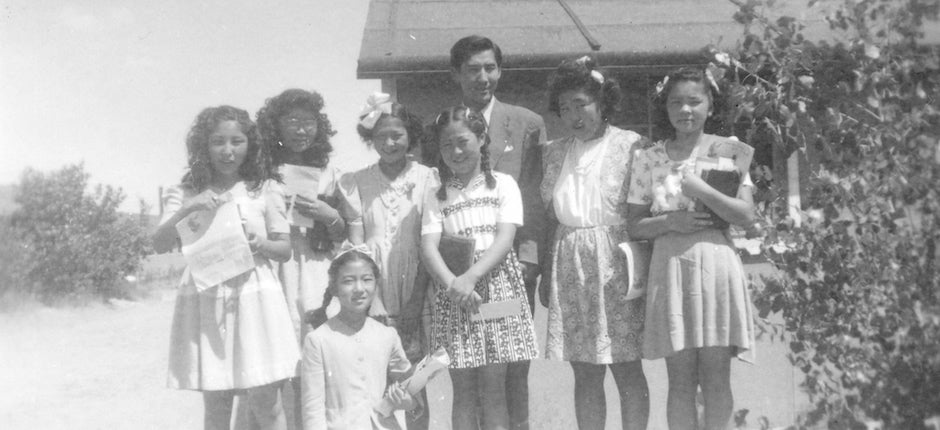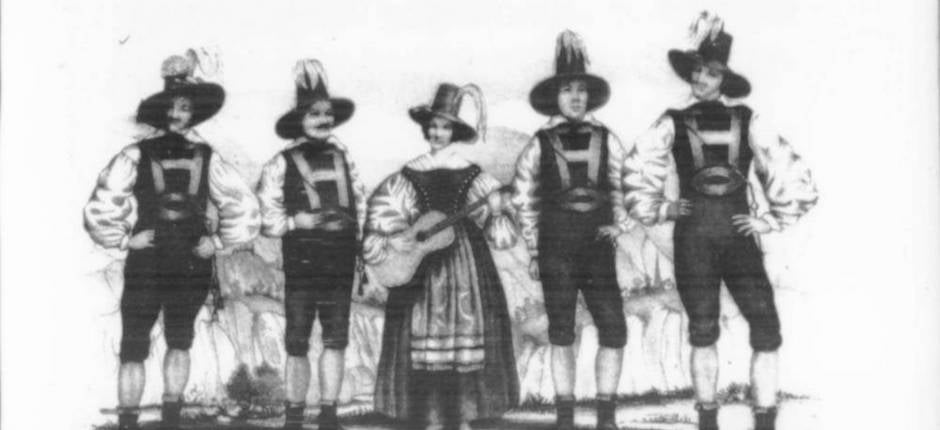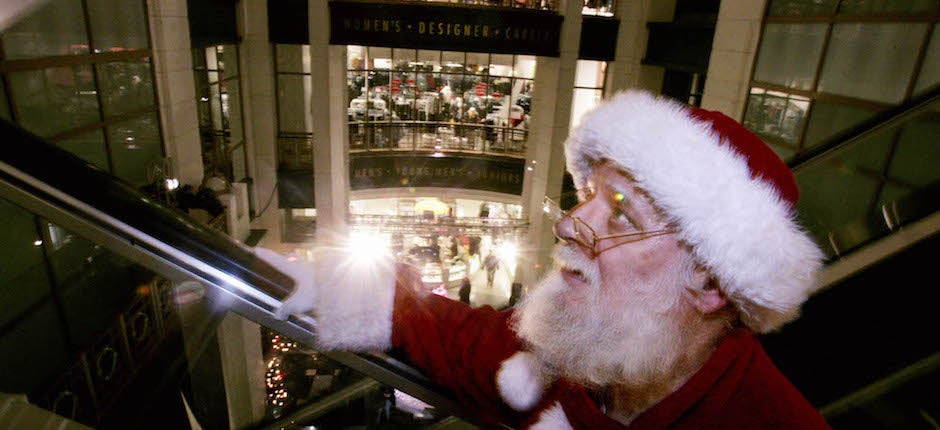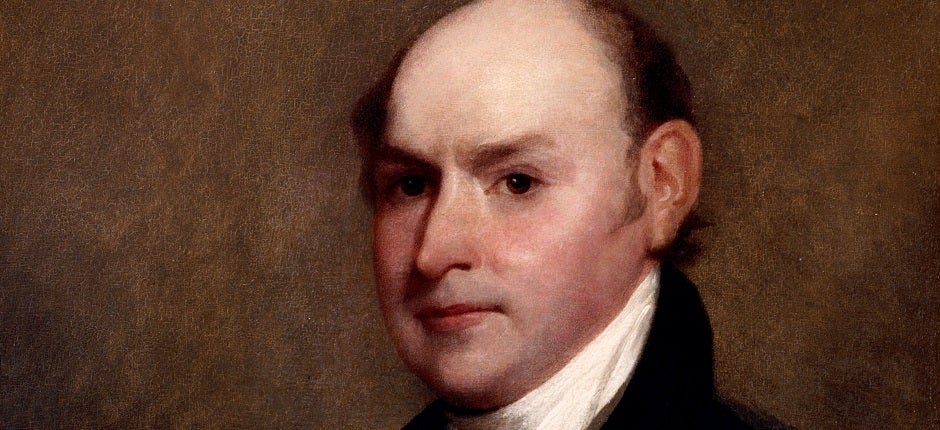A Devastating Mississippi River Flood That Uprooted America’s Faith in Progress
The 1927 Disaster Exposed a Country Divided by Stereotypes, United by Modernity
On May 1, 1927, The New York Times announced: “Once more war is on between the mighty old dragon that is the Mississippi River and his ancient enemy, man.” Illustrating the story was a reprint of an 1868 Currier & Ives lithograph called “High Water in the Mississippi,” to which had been added the phrase, “In Days Gone By.”
Through the curtain-like trees, the 1927 viewer—perhaps a Manhattanite drinking her Sunday morning coffee—peeped at a gallant steamboat, a columned Great House, …


